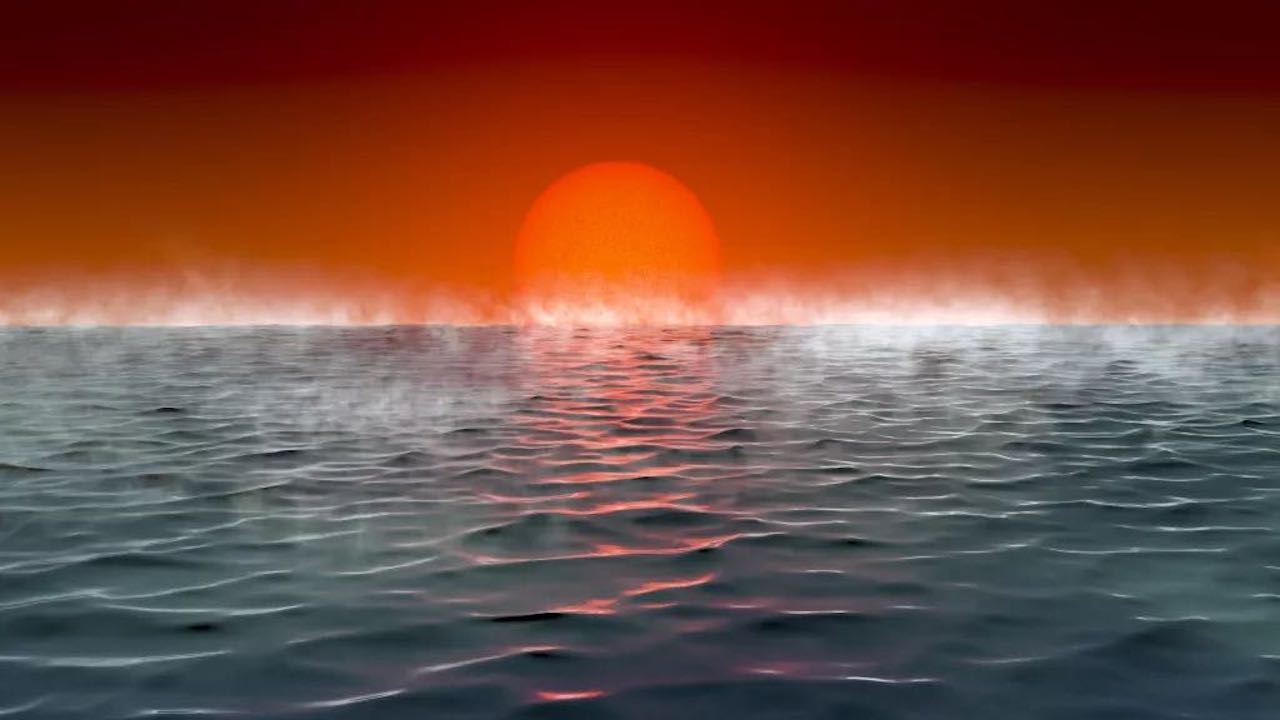Astronomers have identified a new type of planet on which life may exist

Aliens, if they exist, likely inhabit rocky planets like ours, but a new study suggests a whole new type of habitable world - one that barely resembles Earth.
Earth is the only known functional model of a habitable world. So it makes sense that astrobiologists hope to find evidence of aliens on rocky exoplanets similar to Earth. Indeed, our planet's size, chemical composition, temperature and position in the solar system make it favorable for life, at least for life as we know it.
But as new research published in The Astrophysical Journal shows, an entirely new class of planets called Hyceanic Worlds (Hycean) may also be suitable for life. This type of planet doesn't exist in our solar system, but there are quite a few in the galaxy. In fact, it's what you'd expect if Earth and Neptune had a baby: hyperoceanic planets are large and very warm, their atmospheres are filled with hydrogen, and they're covered by a huge planetary ocean.
The new work puts forward the theory that the giant planets are potentially habitable and that microbial life or even more complex life forms could exist in their oceans. Moreover, the researchers, led by Nikku Madhusudhan of the Cambridge Astronomy Institute, have proposed a set of biosignatures that astronomers should look for when studying these worlds, as well as a list of promising giant candidates nearby from a cosmological perspective.
A happy feature of the Gicean worlds is that they exist in a larger habitable zone than the one we are used to. Also known as the Goldilocks zone, this is a band within a star system within which liquid water can exist on the surface of planets. The research team has identified 11 candidate worlds in the orbits of nearby stars - all of them red dwarfs - that are considered promising targets for biosignatures.
Source: space
Illustration: Amanda Smith, Nikku Madhusudhan